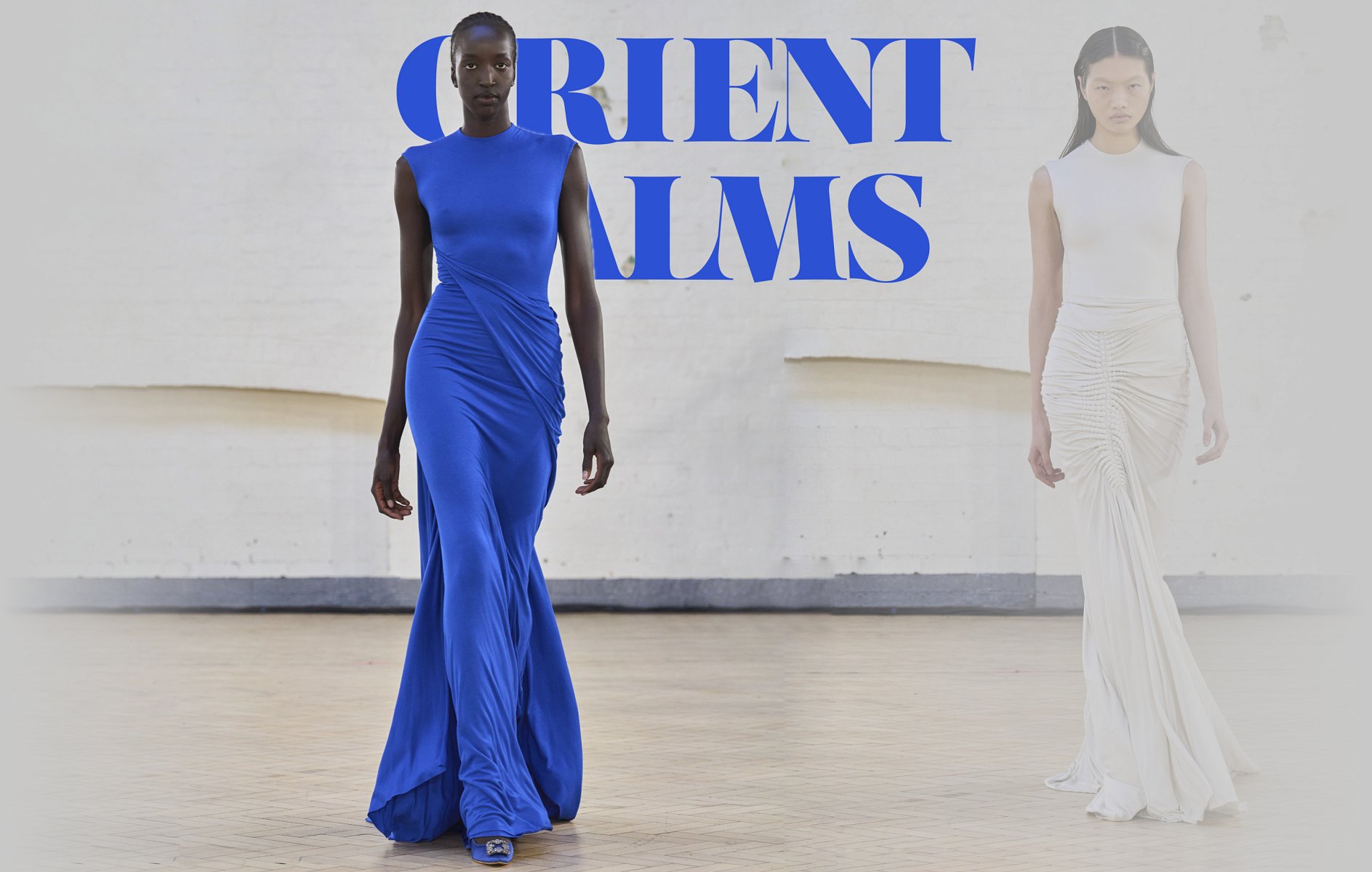Top 10 Eastern Wear Pakistan Brands You Required to Learn about
Top 10 Eastern Wear Pakistan Brands You Required to Learn about
Blog Article
Open the Keys of Classic Eastern Wear
Checking out the enigmatic realm of ageless Eastern wear explores a realm where culture, creativity, and history merge to produce garments that go beyond mere textile and thread. The elaborate tapestry of custom intertwined with modern aspects provides a glance right into a world where every stitch narrates, every concept a symbol of importance. Unveiling the secrets behind these developments reveals a tapestry of heritage waiting to be unraveled, inviting one to journey with the aerial appeal and mystique of Eastern fashion.
History of Eastern Style
The background of Eastern style days back centuries, showing the abundant social heritage and customs of varied areas throughout Asia. Each area boasts its one-of-a-kind styles, materials, and designs that have been affected by variables like climate, religion, social status, and trade courses. eastern wear pakistan. For example, the complex silk garments of China signify elegance and class, while the vivid saris of India display a kaleidoscope of colors and patterns.
In Japan, the robe has been a symbol of practice and improvement for generations, with different designs used for numerous events. The history of Eastern fashion is a tapestry of development and custom, blending ancient techniques with modern impacts to develop a dynamic and ever-evolving sector.
Value of Conventional Attire
Typical outfit functions as a social emblem, personifying the worths, beliefs, and heritage of communities in Eastern societies. eastern wear pakistan. These garments are not just pieces of textile but are symbolic representations of the rich history and traditions passed down via generations. In Eastern cultures, standard attire plays a considerable function in events, celebrations, and life, showing the social status, regional associations, and even marital status of people
The importance of conventional clothes exceeds appearances; it is a means for people to link with their roots and reveal pride in their cultural identification. Each garment, from the intricate sarees of India to the flowing hanboks of Korea, carries with it a narrative of workmanship, importance, and significance that is deeply embedded in the material of society.
In addition, standard outfit serves as a visual language, interacting stories of accomplishment, unity, and durability. By putting on these garments, individuals not just recognize their heritage yet also add to the preservation and celebration of their social tradition.
Evolution of Eastern Embroideries
How have Eastern needleworks progressed with time to mirror changing cultural influences and artistic trends? Eastern embroideries have an abundant background that spans centuries and have continually evolved to incorporate varied social influences and reply to changing artistic patterns. The development of Eastern needleworks can be traced back to old human beings where complex designs were hand-stitched onto fabrics making use of typical techniques. Over the years, these needleworks have actually adjusted to reflect the transforming preferences and choices of different regions and eras.

Today, Eastern embroideries continue to progress, mixing standard workmanship with modern-day style sensibilities to produce ageless items that celebrate the appeal of multiculturalism and creative innovation.
Extravagant Fabrics in Eastern Use
Lavish fabrics play a crucial role in elevating the visual allure and top quality of Eastern wear, improving the general appeal and elegance of conventional garments. Eastern wear is renowned for its official statement opulent textiles that not just show the region's rich social heritage yet likewise symbolize beauty and elegance. Silk, a material synonymous with luxury, is frequently utilized in crafting Eastern outfit, imparting a lustrous sheen and a soft, smooth appearance. The great threads of silk not just drape wonderfully but additionally add a touch of extravagance to clothing.
In addition to silk, materials like chiffon, velvet, and brocade are additionally typically included in Eastern wear. These lavish fabrics not only raise the aesthetic allure of Eastern wear yet also guarantee a feeling of refinement and class that goes beyond time.
Incorporating Eastern Fashion Today
In modern fashion landscapes, the combination of Eastern affects provides an unified fusion of cultural heritage and modern visual appeals. Designers and fashion enthusiasts alike are accepting the rich tapestry of Eastern style, integrating conventional components right into modern-day shapes and designs. From detailed needlework to elegant fabrics and dynamic colors, Eastern fashion today offers a varied series of alternatives that accommodate an international target market.
One method Eastern fashion is making its mark in contemporary wardrobes is via the adjustment of standard garments such as the robe, saree, or qipao into everyday wear. These items, when scheduled for special celebrations, are currently reimagined in more casual kinds, permitting their consolidation into day-to-day style options. Additionally, the use of typical patterns and concepts in Western-style garments adds a touch of unique style to contemporary outfits.

Conclusion
Finally, exploring the rich history, relevance, and evolution of Eastern fashion introduces an ingrained link to heritage and worths. The glamorous materials and complex needleworks of Eastern wear showcase the flexibility and eternity of conventional styles. Incorporating Eastern influences in modern fashion permits a blend of tradition and development, producing a harmonious equilibrium between the past and the existing.
Extravagant textiles play a crucial function in boosting the aesthetic allure and quality of Eastern wear, boosting the overall attraction and elegance of typical garments. Designers and style enthusiasts alike are accepting the rich tapestry of Eastern fashion, including visit the site conventional components into contemporary shapes and styles. From detailed embroidery to lively shades and elegant textiles, Eastern fashion today uses a diverse range of choices that provide to a global audience.
One method Eastern fashion is making its mark in modern closets is through the adjustment of standard garments such as the robe, saree, or qipao into day-to-day wear. The elegant materials and detailed needleworks of Eastern wear showcase the flexibility and timelessness of standard styles.
Report this page